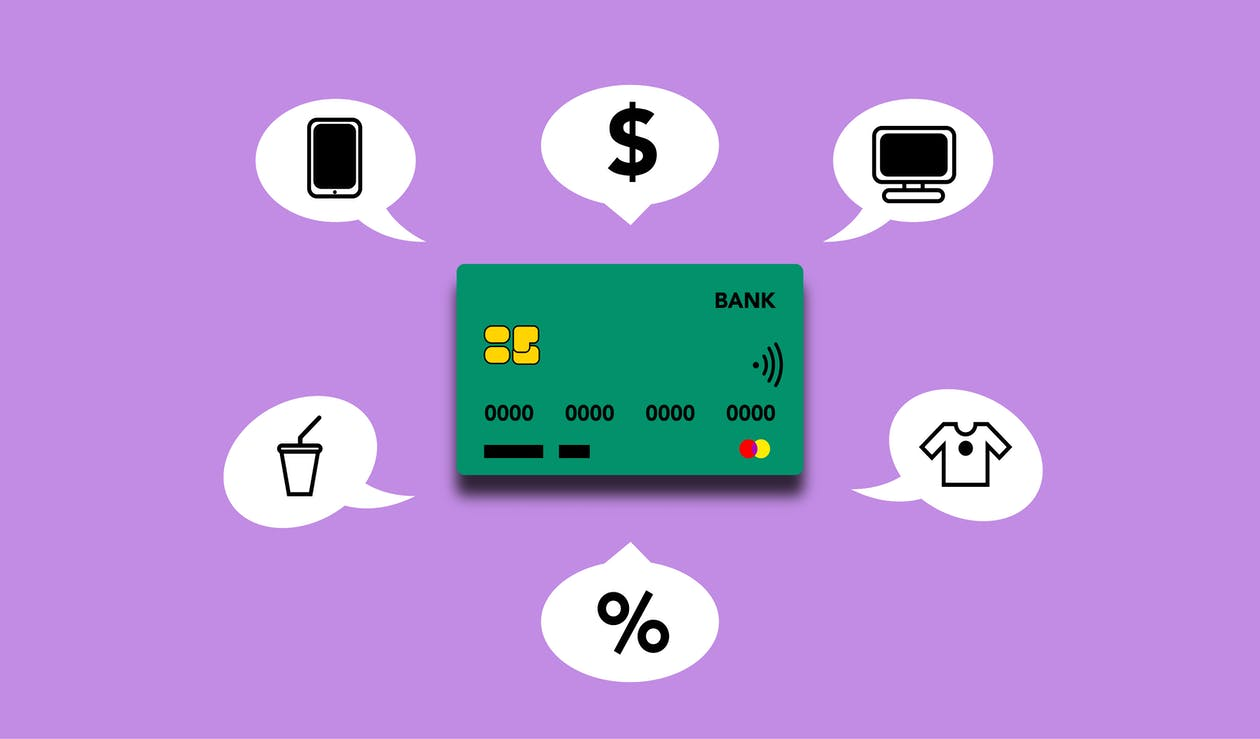
Historical thing
It may seem that the creation of intelligent financial applications is possible only with the current level of technology development. But this is not the case. One of the first home financial accounting software, Quicken , hit the market in 1983. By the evolution of an application, you can observe exactly how the industry of such software has developed. Initially, there was even a DOS version of Quicken, and today there are both mobile applications and a cloud version. Two other popular apps in the same series - Mint and Credit Karma - have been around for over 10 years.
Modern applications are technologically advanced, under the hood they have artificial intelligence and machine learning. However, the general principle of operation is relatively simple: they analyze as much user data as possible and base their work on it.
According to Anisha Kotapa, financial technology analyst at CB Insights, these applications have recently provided users with a wide range of useful features, and not just made it easier to maintain a budget. Among them, for example, is the ability to apply for loans and perform all transactions with money in one application.
Automation
Since the market for financial assistants is oversaturated now, there are two popular strategies for positioning - either narrowly specialize or become a superapp with multiple functions. One of the most popular apps, YNAB (You Need A Budget), is a convenient way to digitally use a zero budget approach to cost accounting. Its essence is that at the end of each month all the money is used ("go to zero").
YNAB founder Jesse Meham saysthat the purpose of their application is to change users' attitude towards personal money from “reactive” to “proactive”. “People think that budgeting means only that they predict how much they want to earn and spend. But we teach people to budget using only the money they have right now, ”he says.
Not everyone is ready to spend their time and attention on budget accounting, even if it is relatively automated. There is a clear request like “I want to download the application, install it and forget it, let it work with my money”. One of the products that meets this demand is Qapital . There are many automated scripts on the IFTTT service for savings and investment using this application.
One example - Qapital can be connected to a Fitbit wearable device. Once you go through a certain number of steps per day, it will send some amount from your debit bank account to an investment one. The service makes it possible to create many other, arbitrarily complex automated scenarios for the use of personal money.
Humanity
Another property that will definitely help to distinguish a service from many similar ones is the human attitude. One example is Charlie , a cute penguin that helps you get out of debt. Together with Charlie, the user sets specific financial goals and achieves them. Co-founder and CEO of the service, Ilian Georgiev, says the value of the service to users is that “Charlie celebrates your progress, no matter what it is. One thing we've heard from people over and over again is that they need an environment free of judgment. " Trim
service solves exactly one, but very important task - helps to reduce regular costs. It analyzes all available subscriptions and suggests ways to optimize them or even refuse unnecessary ones. He also suggests how to reduce payments to telecom providers.
A similar service, Cushion, analyzes card payments and bank statements to find bank fees and charges that can be disputed. Then he automatically generates and sends to the bank the corresponding written requests. The company's founder and CEO, Paul Kesservani, says the banking environment is so complex that it took four years to gather all the necessary data and create a technology stack for the service to run efficiently.
Russian way
The peculiarity of the Russian situation is that the market for such services is actually divided between two ecosystems - Sberbank and Tinkoff Bank. Sberbank owns many services from which you can get valuable data on the financial behavior of users. Yandex also has certain ambitions to become the third ecosystem .
The services of all these ecosystems include tools for analyzing behavior. They control the budget automatically, advise offers from partners and help you choose banking products.
In 2012, one of the first neobanks in Russia, Rocketbank (now defunct). The bank has made smart financial accounting functionality one of its USPs. For those years, it was a real revolution - spending in the mobile application was stylized like a classic social media feed, tags could be assigned to them, in addition, the support service promptly helped with financial issues. As of 2021, a comparable level of services appeared for all top Russian banks.
What an ideal financial assistant should be
Probably the ideal service of this kind should solve one simple task - to give users a clear picture of their real financial situation. If it is not very good, it is desirable that the user does not get upset about the state of affairs, but understands how they can be improved. Many personal finance accounting services successfully cope with this task.
What do you think? What functions are missing for financial assistants, what could be improved?
Blog ITGLOBAL.COM - Managed IT, private clouds, IaaS, information security services for business: